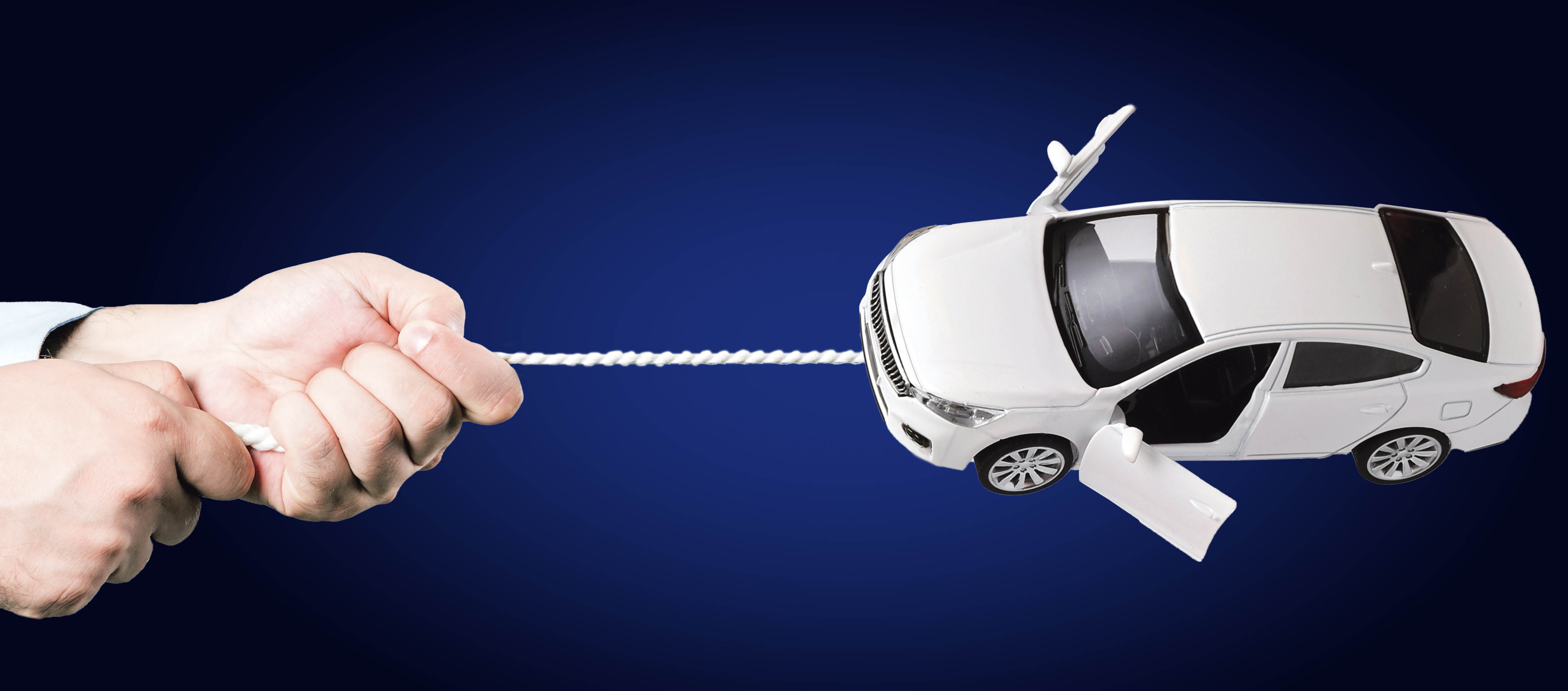With about 40,000 Uber drivers on South Africa’s streets, the company is keen to tout its value as a provider of income (but not employment) in the country, allowing drivers to control both their hours and commitments, as well as earn a living. However, with the explosion of competition in the e-hailing market over the past few years, profits for Uber drivers have seen a steep decline.
In the gig economy, many Uber drivers face steep financial hurdles in terms of securing a vehicle. With high rental fees and significant fuel expenses, they see a large portion of their earnings absorbed in these costs. At the same time, Uber’s own rent-to-own programmes come with costs that far exceed traditional financing options.
Brighton (not his real name), who has been driving for Uber for three years, is young, dedicated and highly astute. He feels a deep sense of injustice at the increased costs borne by drivers.
Brighton was unable to afford his own vehicle after registering as a driver for Uber and was recommended to an UberFleet partner by another driver. UberFleet allows private individuals who own vehicles to rent them to Uber drivers on a weekly basis, taking care of the vehicle cost, insurance and maintenance.
Brighton, in summer, earns an average of R36,000 in a good month. He rents his vehicle from an UberFleet partner for about R13,000 a month and, in such a month, pays almost R10,000 in petrol, leaving him with just under R13,000. He works six days a week and anywhere between eight and 12 hours a day.
Although this is still considerably higher than the minimum wage, he is in effect giving up 65% of his earnings. For perspective, an individual earning R1.8-million per annum pays a 35.4% tax rate, and 45% on any income above that. Brighton is essentially paying higher rates than the highest-income earners in the country, but the money is going to a private company and another individual rather than the state.
Read more: Balancing act: Uber’s claims of economic growth clash with drivers’ struggles for stability
Sky-high costs
Brighton’s UberFleet partner owns more than 15 vehicles rented to Uber drivers. Uber itself offers rent-to-own options to assist drivers, with two partners, Moove and Pace Fleet Services, listed on its website. The costs, however, are extraordinary.
In response to detailed questions by Daily Maverick, Uber stated that it “does not provide drivers with direct access to vehicles or vehicle financing. Instead, third-party providers, such as fleet partners who own and operate multiple vehicles on the Uber platform, offer these opportunities to drivers who may not have access to a vehicle of their own. These third parties operate independently and may enter into agreements with drivers, including rent-to-own arrangements. While some drivers connect with these providers through Uber’s marketplace, others secure vehicles independently without Uber’s involvement.”
Despite Uber’s comment, rent-to-own options through its partners are directly available through its website. A low-mileage, second-hand 2022 Toyota Aygo from Moove works out to R9,800 per month, including insurance, tracking and maintenance. The total cost of the vehicle over the 48-month period is R470,400, as calculated by Daily Maverick.
A similarly aged Toyota Aygo in the second-hand market would cost about R5,700 per month with zero deposit. The total cost over 48 months would be R274,000, using WesBank’s finance calculator.
However, this doesn’t account for Uber rent-to-own covering maintenance, insurance and registration – so, we did the maths. Erring on the higher end of insurance quotes and a high rate of service given the application of the vehicle, Uber’s rent-to-own option still added up to R80,000-plus more than traditional vehicle finance over the same period.
We provided this mathematical breakdown as part of our questions to Uber, which did not engage with our calculations, but noted that these increased fees include “comprehensive coverage such as insurance, vehicle maintenance, tyre coverage, dashcam installation and 24-hour support, ensuring that drivers receive more than just a car. Importantly, drivers have the ability to review and negotiate the terms of these agreements before committing, as the specific conditions, costs, and benefits are determined by the third-party providers, not Uber.”
Brighton’s financial breakdown reveals a stark disparity: drivers forfeit 65% of earnings to UberFleet partners and fuel costs, a rate surpassing South Africa’s top marginal tax bracket (45%). Meanwhile, Uber’s 2023 profit ($1.1-billion globally) hinges on this extraction – a redistribution of wealth from drivers to shareholders and fleet owners.
In 2023, Uber South Africa’s drivers and delivery couriers earned a combined R2.3-billion, facilitated through the company’s app-based, flexible earning model. This contribution underscores Uber’s significant role in the country’s transport sector, representing 3.5% of the sector’s total economic output. However, the financial challenges that drivers such as Brighton face highlight the complexities in this model, where substantial operational costs diminish the potential for sustainable income.
Uber’s global financial performance reflects a broader trend. In the third quarter of 2024, the company reported sales of $11.188-billion, an increase from $9.292-billion in the same period the previous year. Net income for this quarter was $2.612-billion, a significant rise from $221-million a year earlier. These figures indicate robust growth and profitability on a global scale, contrasting with the financial strains experienced by individual drivers in markets like SA.
Although Uber’s global financial metrics paint a picture of a thriving enterprise, the on-the-ground experiences of South African drivers tell a different story – one of economic hardship and diminishing returns, and drivers left wondering whether the juice is truly worth the squeeze. DM
This story first appeared in our weekly Daily Maverick 168 newspaper, which is available countrywide for R35.






